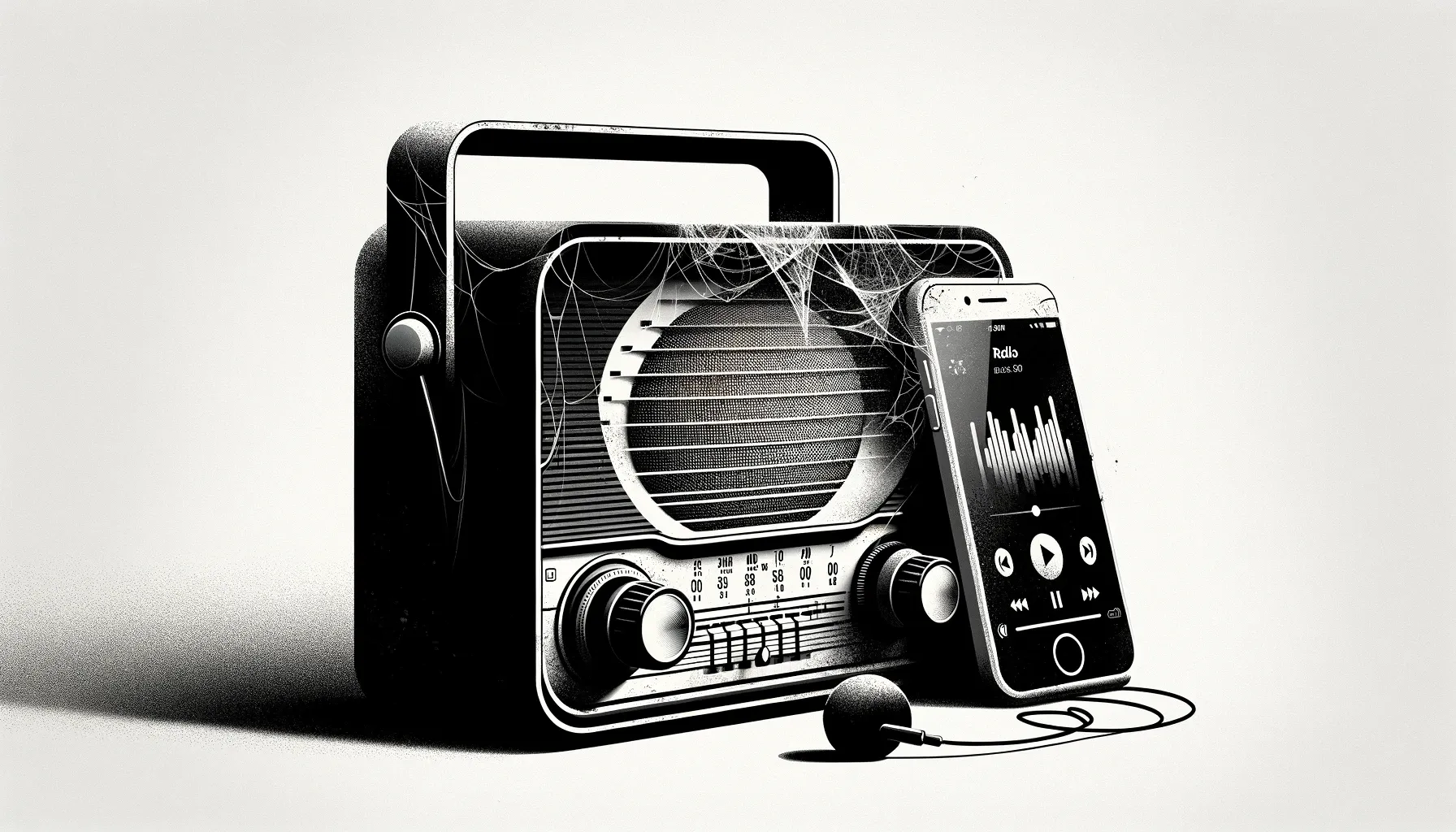Will Am/FM Exist in Car Stereos In the Future?
What is the future of car infotainment systems? Will AM or FM still exist 10 years to come? Let's find out:

For almost a century now, the automotive industry has witnessed quantum leaps in infotainment systems. The 20th century has particularly seen an unparalleled technological evolution. This change has posed a massive challenge to traditional features such as AM/FM radio.
In this article, we will walk you through some significant changes that are likely to affect the existence of AM/FM in-car stereos in the future. We will also highlight major evolutions in car infotainment systems and the impending rise of alternative technologies such as Apple CarPlay and Android Auto. It is important to note these modern alternatives may as well define the fate of traditional AM/FM systems.
The Evolution of Car Infotainment Systems
Car infotainment systems have come a long way. For decades, AM/FM radio has been the primary source of entertainment for both drivers and passengers. It became a standard feature in almost every vehicle, thanks to its simplicity and ease of access.
The next big innovation in car infotainment was the cassette players and CDs. Not long after this milestone innovation, digital media came in and it made a paradigm twist in car infotainment.
There seems to be no end to innovation. Much more interesting infotainment technologies later came up. The need for versatile and more convenient in-car entertainment systems is what has driven this quest for better innovations.
Apple CarPlay and Android Auto
The introduction of Apple CarPlay and Android Auto brought a whole new revolution in the way drivers interact with their infotainment systems. This 5th generation of entertainment system has proven even more versatile and convenient for car drivers. It provides a seamless experience and has catapulted in-car entertainment to the next level.
Today, drivers can connect their smartphones to car display-providing access to music, navigation, messaging, and a bunch of other applications.
Apple CarPlay and Android Auto have given users a more personalized and familiar interface that mirrors their smartphone functionalities.
A recent study showed that about 90% of modern vehicles are equipped with either Apple CarPlay or Android Auto infotainment systems. This trend will see a 100% transition of all vehicles to this system. After all, vehicle manufacturers are focusing on satisfying consumer preferences.
There is no denying that traditional AM/FM radio might soon become a thing of the past.
What is the Future of Car Infotainment Systems Like?
As we head into the future, car infotainment systems are expected to become even more sophisticated than they are today. We see a future where cutting-edge technology will take a better shape than it is already.
A classic example of these expectations is the development and improvement of voice assistants such as Google Assistant. With this technology, drivers will be able to control various functions using natural language processing tools and software. This revolution will make the driving experience safer and more enjoyable.
The advent of autonomous vehicles also presents a hallmark opportunity for in-car entertainment. It gives us a glimpse of what the future of car infotainment systems will look like.
Hands-free driving is becoming more common nowadays and with this, passengers will have more time to engage in various entertainment options reducing the reliance on AM/FM radio.
Will AM/FM radio still thrive in future cars?
Despite the already swift race for better infotainment options in cars, there will still be a market for traditional radio enthusiasts.
Some drivers may still prefer the traditional immediacy and simplicity of tuning into their favorite radio stations without the need for smartphones or an internet connection.
How radio stations can adapt to this inevitable future
Unless they adapt to these new technological advancements, radio stations risk becoming irrelevant. It is, therefore, necessary for them to embrace digitization.
Here are a few tips that can help radio stations stay ahead of the curve in this era of modernization:
1. Establish an online presence
Radio stations need to establish a strong online presence. This will make their services available to more people who are using smartphones.
There are many ways they can do this including establishing websites, mobile apps, and social media platforms where people can stream their live sessions. This way, radio stations will be able to engage their listeners beyond the traditional airwaves.
2. Direct and produce podcasts and on-demand content
To catch up with modernization, radio stations should invest more in creating compelling and on-demand content. It turns out that more people are changing their listening habits and for radio stations to stay in touch with their listeners, they should cater to these changes to reach a wider audience.
3. Collaborate with Tech Companies
In an era of digital evolution, it is crucial to collaborate. In this case, radio stations can approach tech companies to integrate their stations with popular infotainment platforms such as Apple CarPlay and Android Auto.
4. Embrace Live Streaming
Today, more people are using smartphones to communicate and execute a wide array of tasks. This brings the need for radio stations to invest more in live streaming and online shows. It has never been more urgent for radio stations to change the way they deliver their content to listeners. Their listeners should be able to tune in from anywhere in the world.
5. Embrace personalization
We live in an era where data analytics and algorithms are critical for the success of any business. Having accurate data about their listeners will enable radio stations to tailor their content to them.
With the right data, they can deliver personalized content and, enhance a good listening experience. They will also attract and retain more listeners.
Conclusion
It is no secret that the evolution of car infotainment systems has greatly transformed the way we consume entertainment while on the road. The advancement and use of technologies such as Apple CarPlay and Android Auto are already gaining momentum. Consequently, the future of AM/FM radio in stereos of future cars is facing an imminent threat. To cope with this changing landscape, radio stations need to employ digital strategies and offer on-demand content to their listeners. This way, we will see a future where AM/FM radio entertainment will thrive even in future cars.


